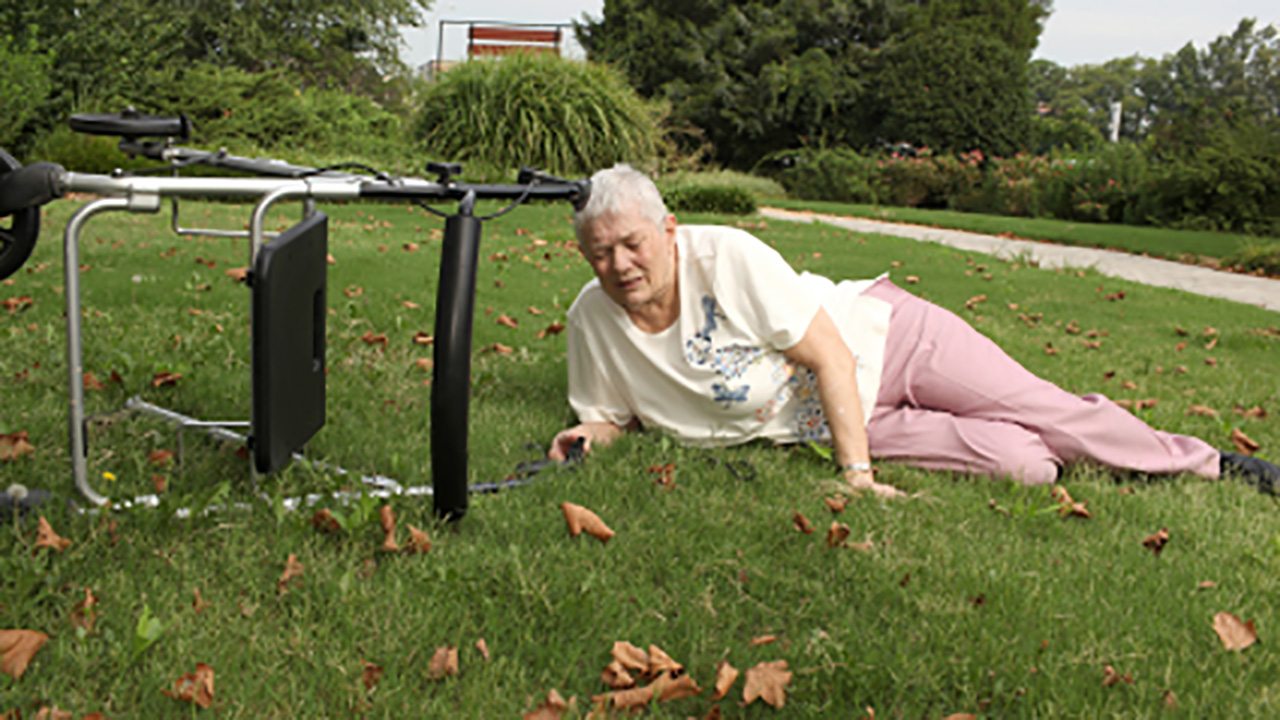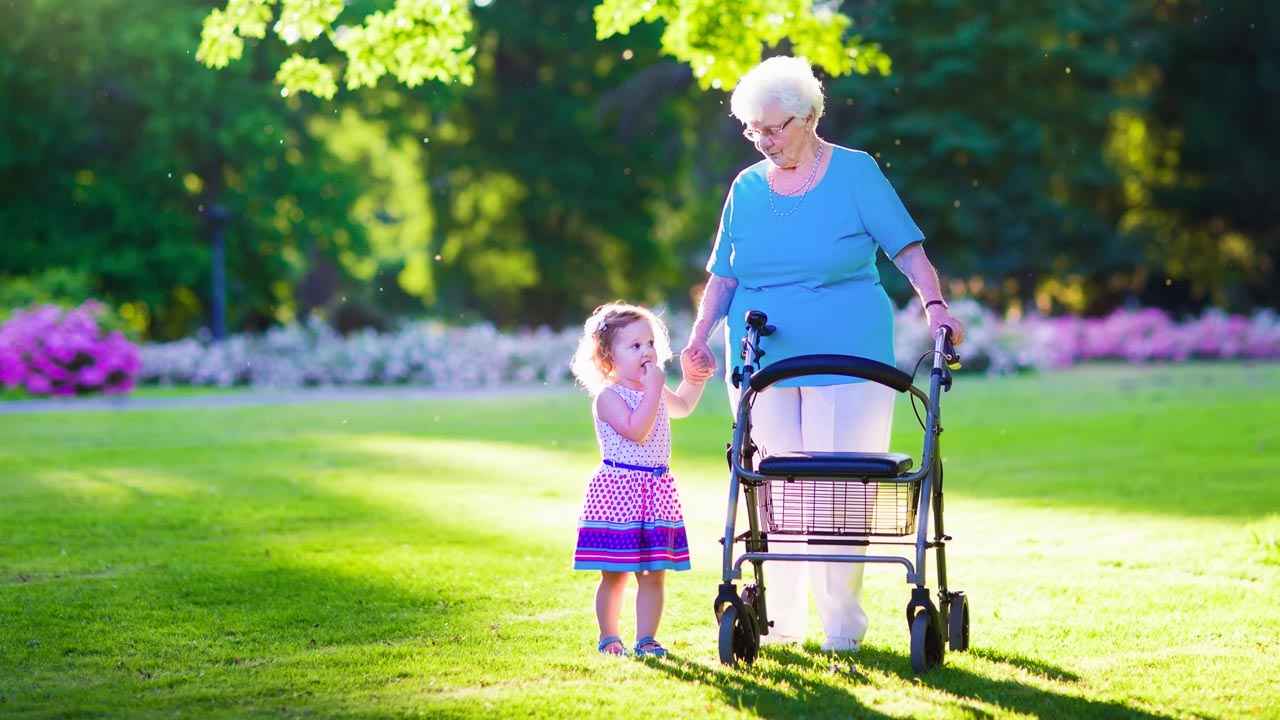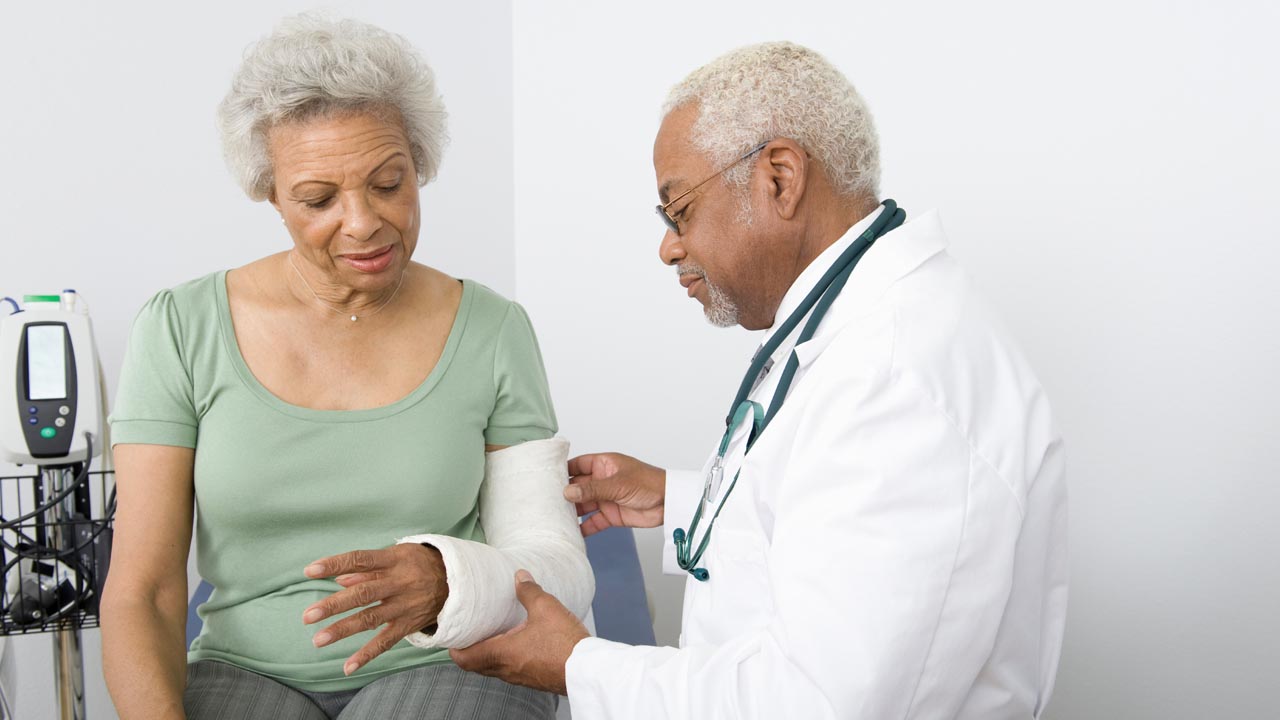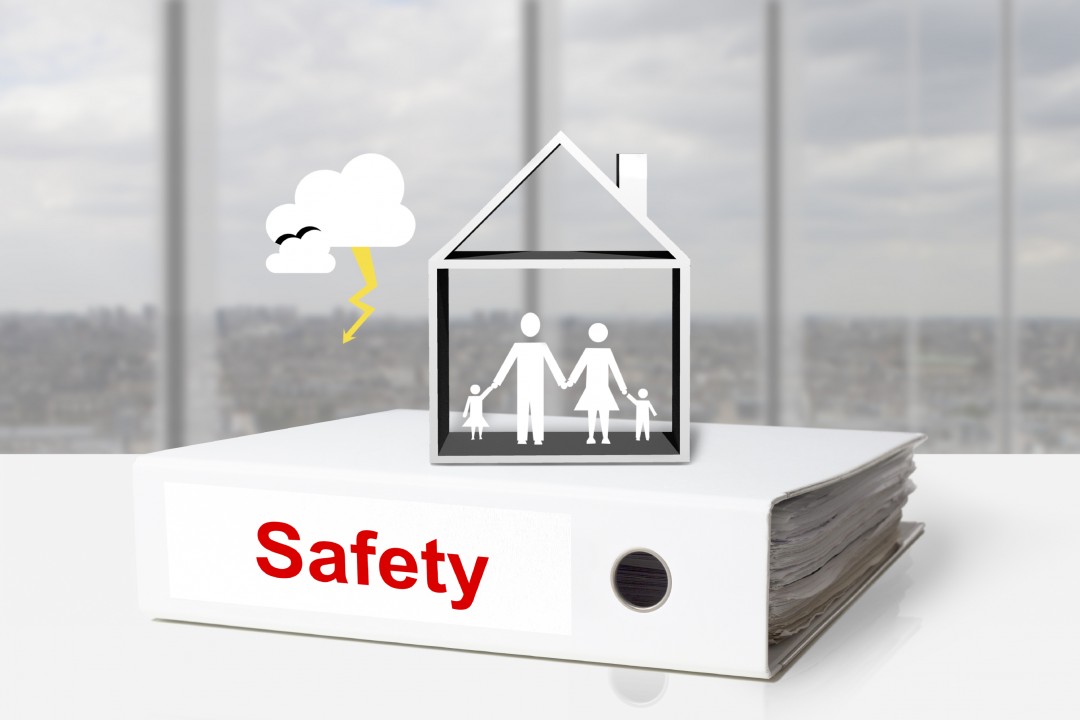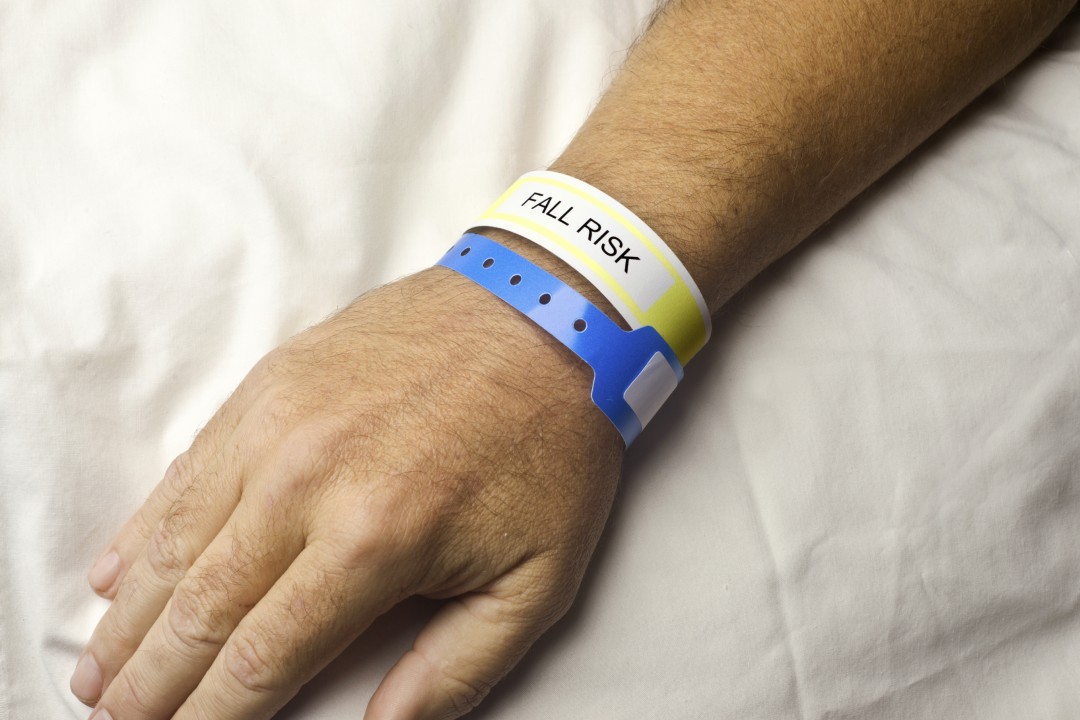Help prevent falls with the right footwear
Every year in the UK about one-third of people aged over 65 will fall. This rises to almost half of people aged 80 and above. Falls account for over 4 million hospital bed days a year in England alone and destroy confidence, increase isolation and reduce independence. So what can we do to prevent them?
There are some simple things people can do to help themselves stay steady on their feet. A study published in the British Medical Journal found that a multi-faceted foot care programme can reduce the number of falls by 36%. It stated that foot and ankle exercises, foot orthoses and particularly, wearing appropriate footwear are all key to preventing falls.
Which sort of shoes increase the risk of falls for older people?
Some footwear can increase the risk of slips, trips and falls by making people more prone to poor balance and bad gait, or by making it difficult to judge surface friction and distance from the floor. Examples of unsuitable footwear for the elderly include:
- Loose, worn or backless slippers. These are one of the most common causes of older people falling
- Slip-on shoes, such as sling backs or flip flops which can slip and trip you up
- Shoes with slippery or worn soles, can cause you to slip, especially in wet weather
- Shoes with a heel higher than one inch, or with a narrow heel, as these can make your foot unstable and can cause your ankle to turn
What are the characteristics of a safe shoe?
Older people should be advised about the importance of wearing well-fitting shoes and about the characteristics of particular shoes which can aid improved walking and gait. These include:
- A high back or collar to support the ankle
- A hard, slip-resistant sole
- A heel height lower than one inch
It is also recommended that older people wear well-fitted, slip-resistant slippers or house shoes indoors rather than walking barefoot or in socks or tights. When buying indoor footwear look for:
- A strong Velcro® fastener on the front to ensure they won’t slip off
- A wide opening to make it easier to get your foot in and out of the slipper which is important if you have restricted mobility
- A house-shoe, which can offer the comfort of a slipper, but with the stable support of a shoe
What other factors can contribute toward falls?
- Foot conditions such as bunions, claw toes, ingrown toe nails and general foot pain can all cause problems with gait and balance. Older people should be advised to check their feet regularly and speak to their GP, or chiropodist or podiatrist if they have any reduction in foot sensation or develop foot pain.
Following a simple foot care routine can help reduce the risk of falls by preventing some of the conditions that cause pain and problems. This includes:
- Washing and drying feet daily to prevent infection
- Applying moisturiser to keep skin healthy
- Cutting toenails regularly
- Regular podiatry for the management of foot problems
- Exercise also plays a vital role in falls prevention. Research trials have shown that a programme of strength and balance can be very effective in reducing the risk. Older people should be encouraged to carry out regular exercise to improve toe and ankle strength as this can help improve balance.
Cosyfeet styles fulfil all the criteria for safe footwear. However, please note that these styles are specially designed for people with swollen feet and are unsuitable for people with ‘normal’ or narrow fittings. Visit Cosyfeet.com to view our collection of men’s and women’s footwear.




